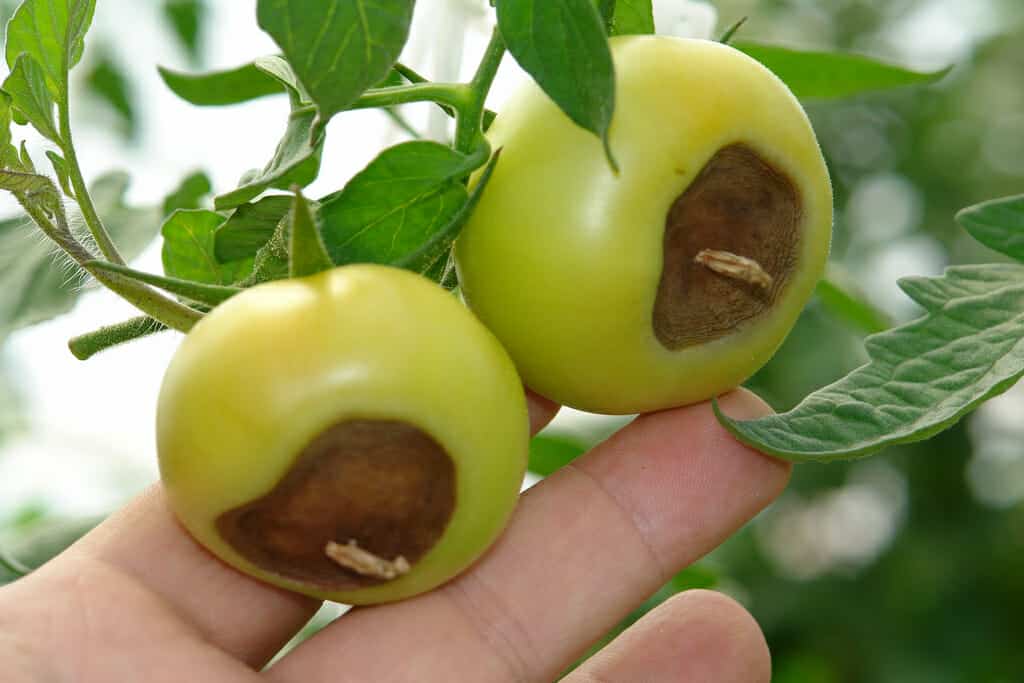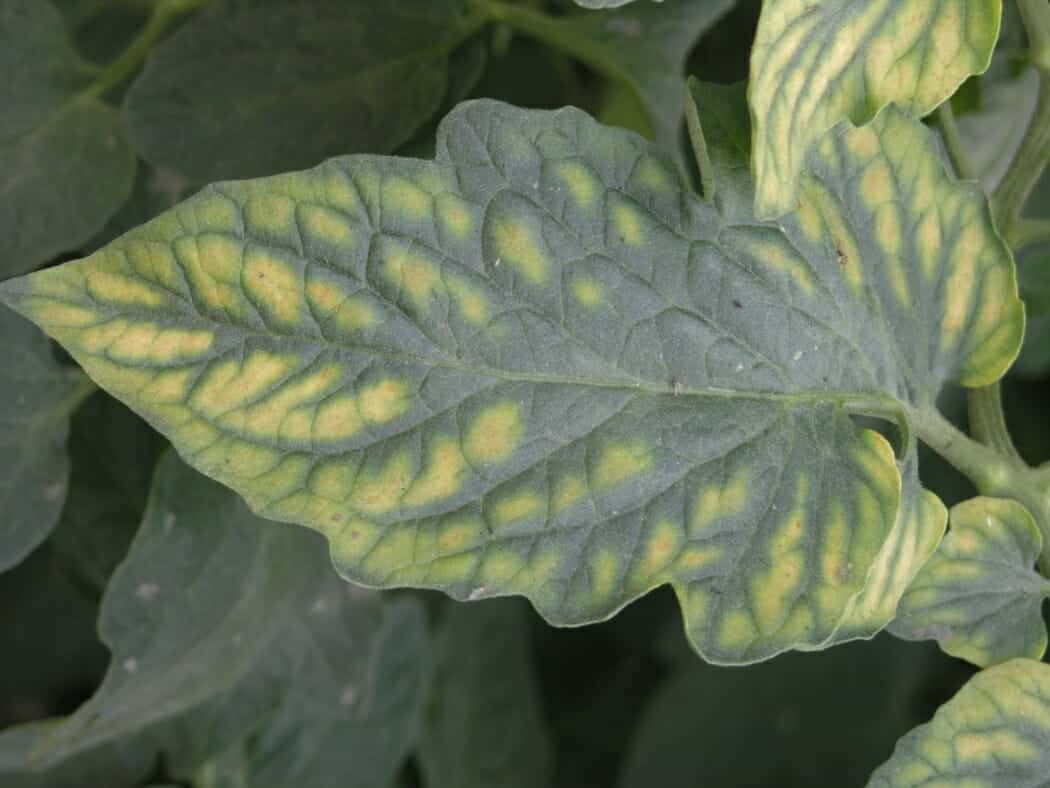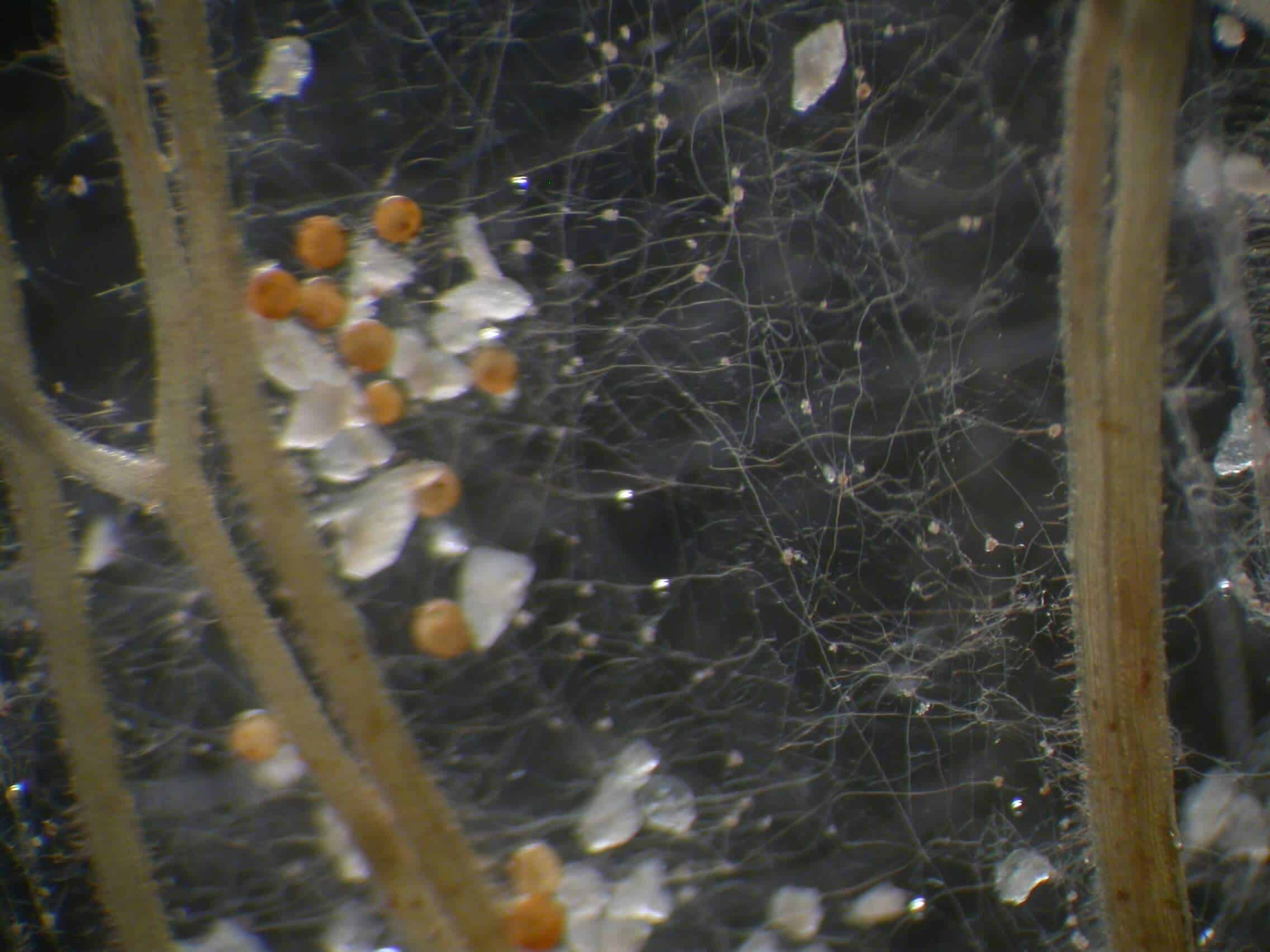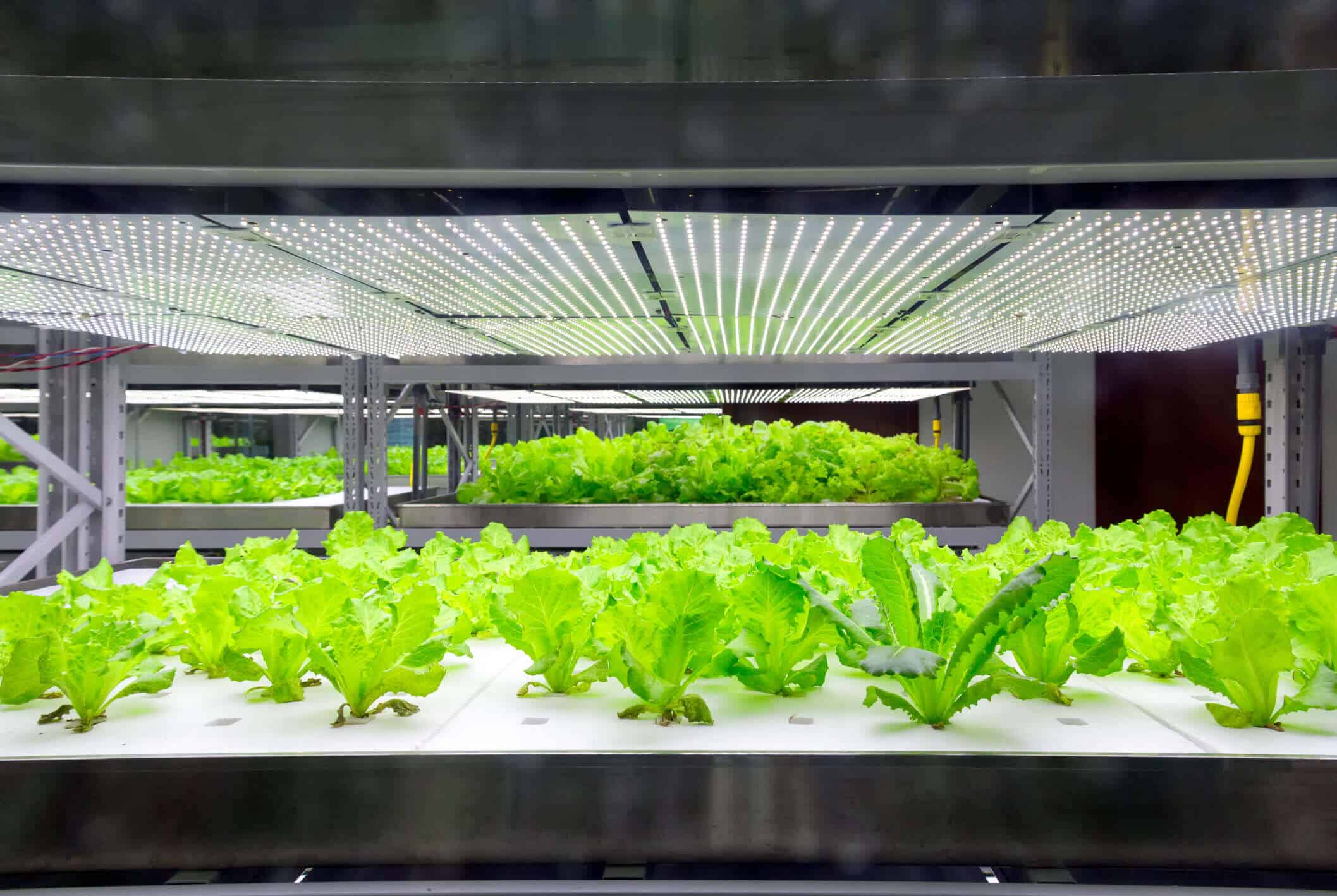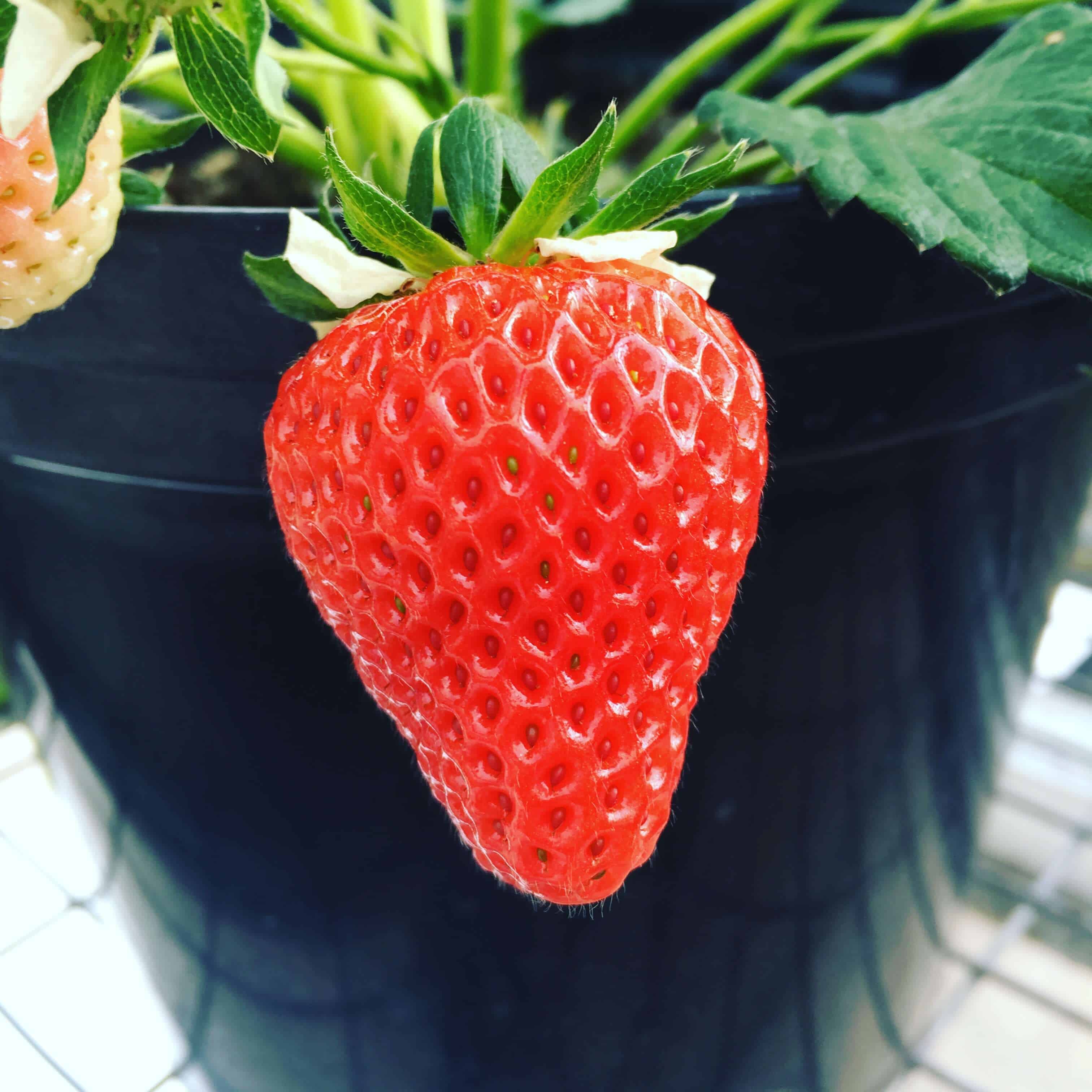The importance of trace elements
When Growing plants we often neglect the fact that each micro and macro elements work in harmony together, like in nature all things work in a significance balance, meaning that the function of the plant at cellular levels relies heavily on certain minerals at certain times. Calcium and Magnesium play a vital role in all plants, so below fully understanding how plants utilise these two essential elements to sustain adequate growth and performance, is most important when growing. As it is not considered a primary nutrient such as Nitrogen, Phosphorus and Potassium, Calcium and Magnesium must be available in conjunction with the remaining elements, in order to perform multiple roles that we may not directly see just by looking at our plants.
What does calcium do for plants?
In the same way Calcium promotes stronger bones and teeth in humans, the skeletal structure of the plant which is defined by cell walls of fibrous tissue is reliant on the uptake of Calcium. Pectate compounds of Calcium give structural stability to cell walls and binds them together . Stronger cell walls means the lower chance of insect damage or any type of invasion. The cell walls also protect the plant against fungus and disease as well as general resilience. Calcium thus ensures a better shelf life and higher quality and yield of fruits and vegetables.
Calcium also promotes cell elongation which is essential during the vegetative stage as well as when producing fruit. This is also used to prevent heat stress as Calcium improves stomata function and the processing of heat shock proteins. The regulation of the stomata is dependant on the available amounts of Calcium, which affects the way the plant exchanges Carbon Dioxide.
The availability of calcium
The most common Calcium sources are Calcium Nitrate, Calcium Chloride, Limestone and Gypsum. Depending on where you live and if the water source is classed as hard or soft water, the way you supplement your Calcium is down to a few different methods yet the most common is using natural Limestone. The uptake of Calcium does not require any energy input which means the process is passive. The mobility of the Calcium in the plant occurs in the xylem together with water, making the uptake relative to the amount the plant transpires water. Environmental factors such as high humidity and low transpiration rates can determine the uptake of available Calcium as water uptake by the plant can be influenced. Also the difference in temperature between day and night can help the calcium uptake for plants.
Calcium deficiency
A calcium deficiency is not very common in growing plants when using tap water or growing in nature open field cultivation.
A deficiency in Calcium can be identified as the younger leave will be affected. This will result in the sign of water looks like burns and bleaching, as the smallest leaves will have the lowest transpiration rate before the mobility of Calcium becomes limited. As cell wall production is down to Calcium, a deficiency can cause walls to weaken and become exposed to a higher risk of infection, fungus or disease. The vascular system will then affect the uptake of the other micro and trace elements, which will only lead to a multitude of further deficiencies.
The symptoms of a Calcium deficiency will not only affect the lower leaves but also the roots. As Calcium is an immobile nutrient, this means that plants cannot shift available Calcium to the older leaves which is why the tips of new leaves will wilt and will often grow deformed.
Pythium which is more commonly known as root rot can attack root caps if there is a deficiency of Calcium. This can stunt root growth and force root tips to die off and become a breeding ground for unwanted bacteria. Root growth can cease to a halt and the vigour and metabolism of the plant is severely compromised.
What does magnesium do for plants?
Magnesium plays a different role in plant health and growth and although it is commecricalled linked with Calcium, this trace element is required for the basics of photosynthesis. Commonly we think of Nitrogen when it comes to new growth and a vibrant green colour, however it is Magnesium that allows the chlorophyll tissue to capture the sun. In a sense Magnesium acts as a battery for the solar panels within the leaves that filter out relevant spectrums of lighting. As well as the breaking down of carbohydrates and cell membrane stabilization, this trace element plays a huge role alongside Calcium in the basic structure and plant health from the earliest stages.
A deficiency in magnesium
The first signs of a deficiency will be noticeable on older leaves as they begin to colour with a yellowing around the veins of the leaf. Light yellow discoloration occurs with the veins and leaf edges remaining green after which brown/yellow bubling spots appear on both sides of the main vein. Over time the leaf will fall off and remove itself from the plant as it is no longer useful. High amounts of Potassium can also have an adverse effect on the uptake of Magnesium, so this is why during flowering, plants can display an array of colours especially towards the end of the cycle. Epsom salts are popular to treat a deficient garden and the best way to revive a low Magnesium medium is to apply compost. This is very high in Magnesium and as it breaks down into the medium, as well as being leeched deeper to the root zone during watering.
Uptake and availability of magnesium
Plants use Magnesium in the ionic form which is a dissolved solution that can be absorbed by the grow medium. The main factors which can dictate the uptake and availability of Magnesium are low temperatures, high levels of Calcium or Potassium, dry grow mediums and low P.H. As the P.H lowers in soil, the availability of Magnesium is reduced and the reason is due to the structure of the Magnesium ion, acidic soils will cause Magnesium to leach out at a higher rate than other trace elements.
Conclusion
As two essential trace elements, Calcium and Magnesium should always be readily available from seedlings until harvest. Chlorophyll production is a huge player in the metabolism and growth of any plant, so ensuring that plants grow a lush green and convert light to energy, is down to Magnesium. Working with ion friendly pH levels in your grow medium will also help you control the amount of Calcium and Magnesium that your plants are using on a daily basis.
